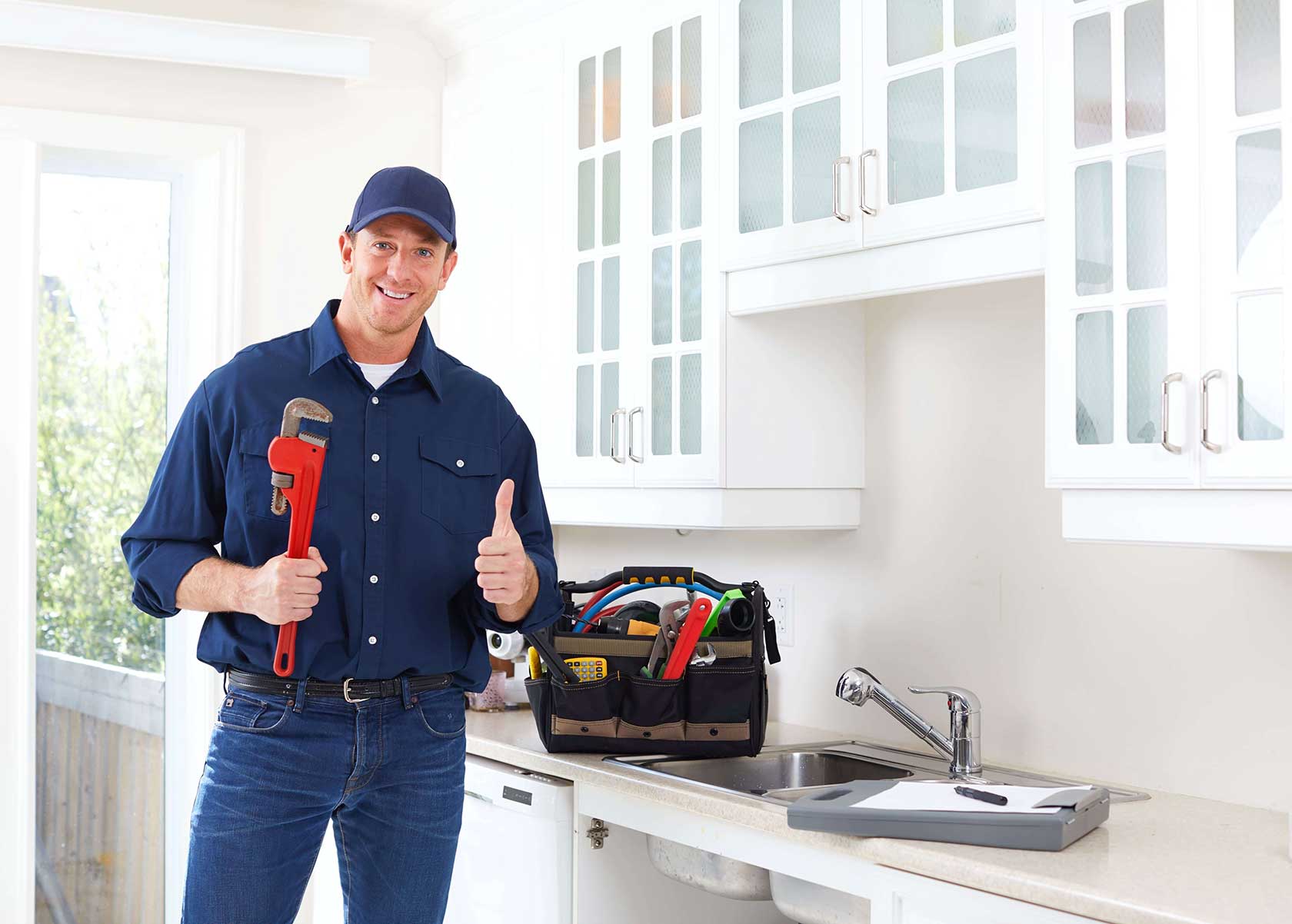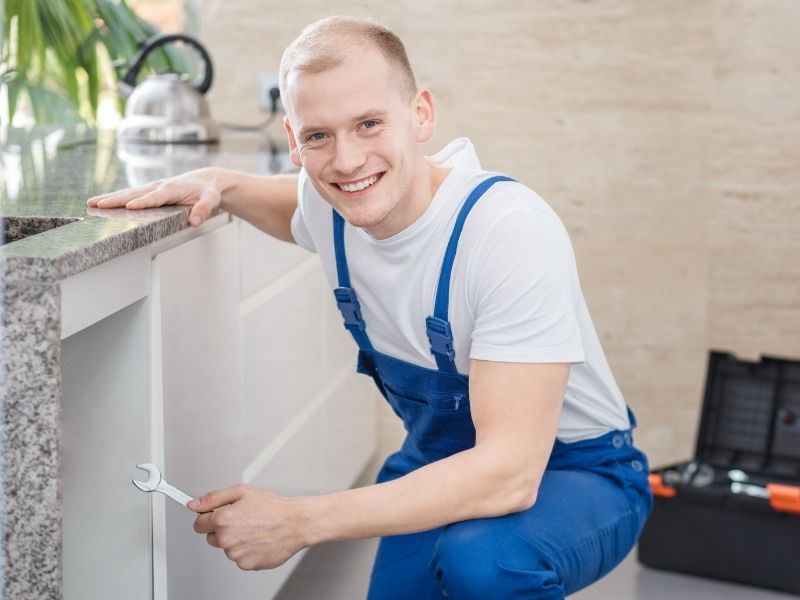Each person has got their own individual rationale in relation to When to DIY and When to Call in the Plumbing Pros.

Introduction
Plumbing issues can vary from small troubles to significant frustrations, commonly motivating property owners to decide in between dealing with the trouble themselves or employing a professional plumbing technician. Understanding when to DIY and when to look for specialist help can conserve time, money, and protect against potential disasters. This article explores the factors to think about when making this crucial choice.
Advantages of Do It Yourself Plumbing
Tackling plumbing jobs on your own can be fulfilling in several methods, particularly for less complex jobs.
Cost Savings
Do it yourself pipes tasks often conserve money by preventing expert service charge. Tasks like repairing minor leakages, changing taps, or installing brand-new showerheads are instances where home owners can deal with fixings without working with a plumbing professional.
Skill Improvement
Engaging in do it yourself plumbing supplies an opportunity to discover and enhance sensible abilities. Standard jobs empower property owners to understand their pipes systems far better and obtain self-confidence in taking care of little repairs independently.
Dangers of DIY Plumbing
While do it yourself tasks supply benefits, particular threats must be very carefully taken into consideration prior to attempting repair work.
Intricacy of Jobs
Some pipes problems call for specific knowledge and devices beyond common home owner capacities. Mishandling complicated troubles can result in additional damage and pricey repair work.
Safety and security Worries
Dealing with plumbing systems entails threats such as exposure to water damage, possibility for electrical hazards, and handling devices incorrectly. Safety and security precautions need to be observed to stop accidents and ensure reliable repair services.
Indicators to Call a Professional Plumbing Professional
Recognizing when a pipes issue exceeds DIY capacities is essential to stop intensifying troubles.
Indicators of Facility Concerns
Examples consist of:
Trigger professional treatment is required to attend to these problems properly and decrease damage.
DIY Plumbing Tips
For successful do it yourself plumbing, it's important to be prepared with the right tools and follow proper treatments.
Standard Tools and Materials
Secret devices for do it yourself plumbing:
Step-by-Step Guides
Clear guidelines make certain risk-free and effective do it yourself repair services:
Selecting the Right Time to Do It Yourself
Determining when to deal with plumbing tasks on your own requires examining both the intricacy of the concern and individual convenience levels.
Analysis Checklist
Take into consideration:
When to Absolutely Call a Specialist
Particular circumstances demand instant experienced attention to stop comprehensive damages or safety and security hazards.
Examples include:
Finding and Hiring a Professional Plumbing Technician
Choosing a qualified plumbing makes certain reliable service and peace of mind in solving plumbing problems.
Standards for Choice
Factors to think about:
Price Evaluation: DIY vs. Specialist Providers
Contrasting the economic effects of DIY initiatives versus specialist plumbing solutions aids in making notified choices.
Financial Considerations
Evaluate:
Conclusion
Determining whether to DIY or call a professional plumbing professional depends upon comprehending the intricacy of pipes issues and personal abilities. By weighing the benefits and risks, property owners can make enlightened options that promote reliable upkeep and guard their homes from pipes disasters.
DIY Plumbing Projects: What Homeowners Can Do and When to Call a Professional
Welcome to our comprehensive guide on DIY plumbing projects. In this blog post, we aim to empower homeowners with the knowledge and skills to tackle basic plumbing tasks around the house. From unclogging drains to fixing a leaky faucet, we’ll walk you through step-by-step instructions on how to handle these common issues.
However, not all plumbing problems can or should be solved with a DIY approach. Recognizing when a problem is beyond your skill level and requires professional intervention is just as important as knowing how to perform basic tasks. We’ll also discuss the signs that indicate it’s time to put down your tools and pick up the phone to call a professional plumber. By understanding when to DIY and when to call a professional, you can save time, avoid potential disasters, and ensure your home’s plumbing system remains in top shape.
Understanding Plumbing Basics
Before we dive into the DIY projects, let’s take a moment to understand the basics of your home’s plumbing system. A typical residential plumbing system consists of two major components: the water supply system, which brings fresh water into your home, and the drainage system, which removes waste water. These systems are made up of a network of pipes, valves, and fixtures that work together to deliver clean water and dispose of waste efficiently.
Regular maintenance of your plumbing system is crucial to prevent minor issues from escalating into major problems. This includes tasks like checking for leaks, removing minor clogs, and ensuring your pipes are insulated for winter. By performing these tasks regularly, you can extend the lifespan of your plumbing system, save money on water bills, and maintain the comfort and hygiene of your home.
In the following sections, we’ll explore some common DIY plumbing projects that homeowners can handle, as well as situations that require the expertise of a professional plumber. Whether you’re a seasoned DIY enthusiast or a beginner, this guide will provide you with valuable insights into the world of home plumbing.
DIY Plumbing Projects Homeowners Can Handle
Plumbing may seem intimidating, but there are several tasks that homeowners can confidently tackle with a little guidance and the right tools. Here are a few common issues you might encounter and how to address them.
Unclogging Drains
Use a Plunger: This is your first line of defense. A good old-fashioned plunger can dislodge the obstruction and clear the drain in many cases. Try a Plumber’s Snake or Hand Auger: If the plunger doesn’t work, a plumber’s snake or hand auger can reach deeper into the pipe to break up the clog. Use a Drain Cleaner: If physical methods fail, a chemical drain cleaner can dissolve the clog. However, use these products sparingly as they can damage your pipes if overused.

As a serious person who reads about DIY Plumbing Projects and When to Call a Professional, I assumed sharing that excerpt was smart. Sharing is nice. You never know, you may be helping someone out. Many thanks for being here. Come back soon.
Call Today